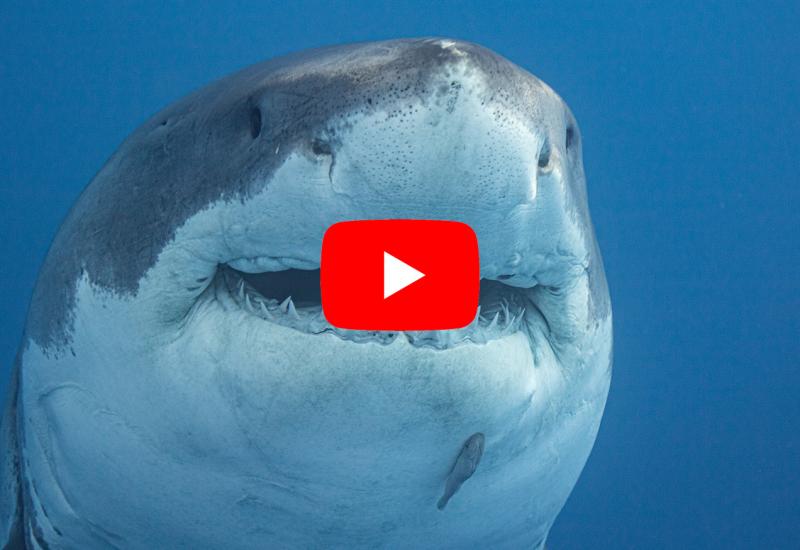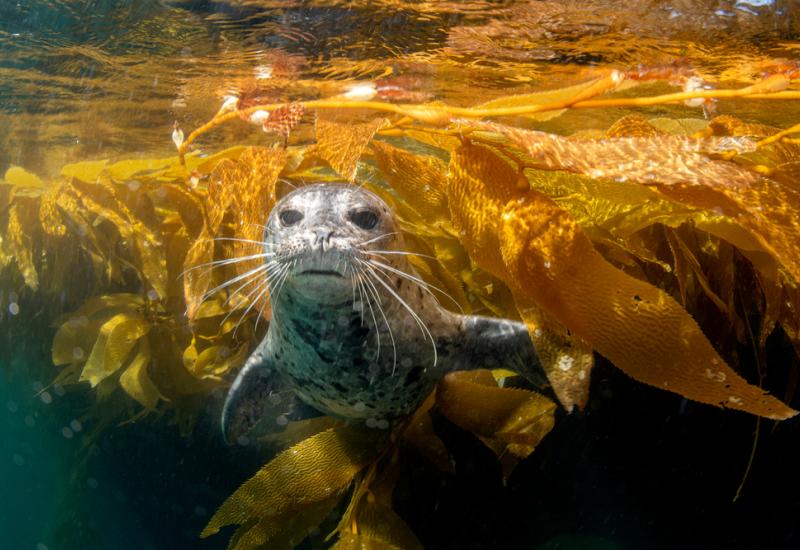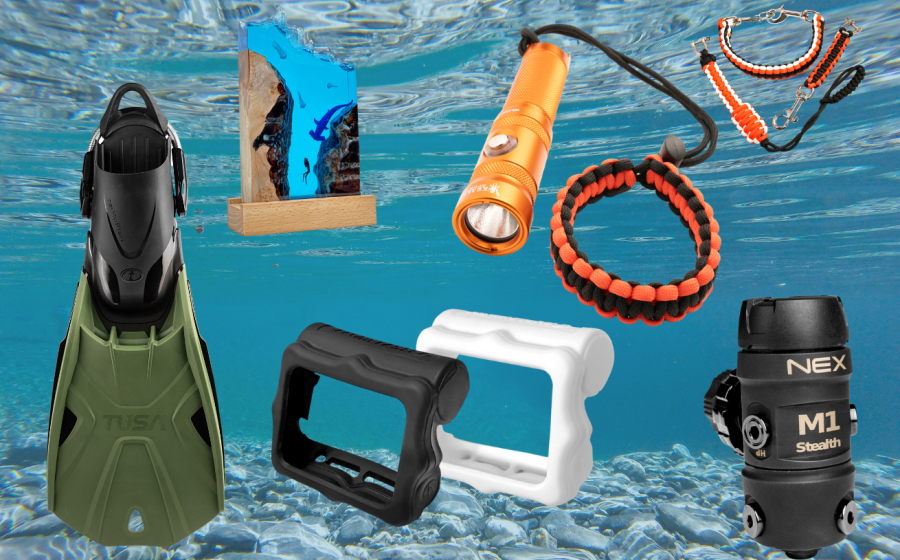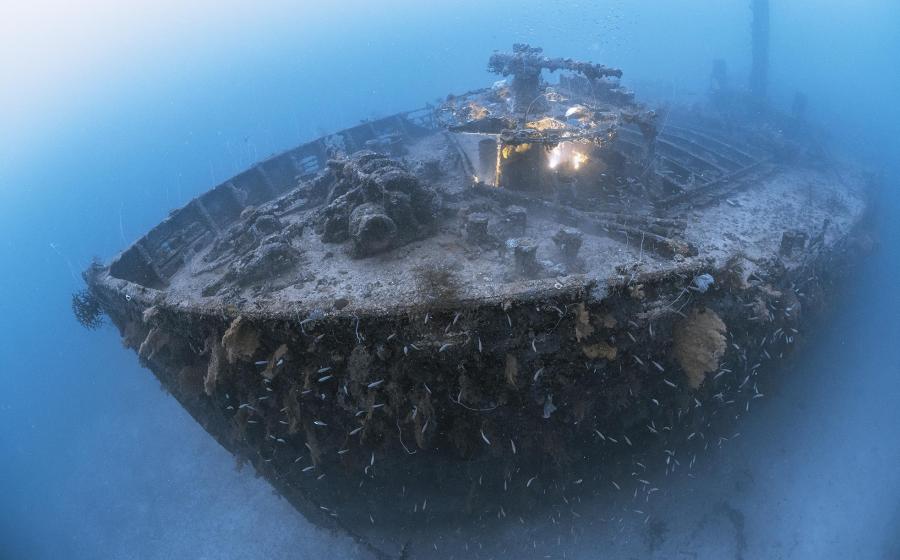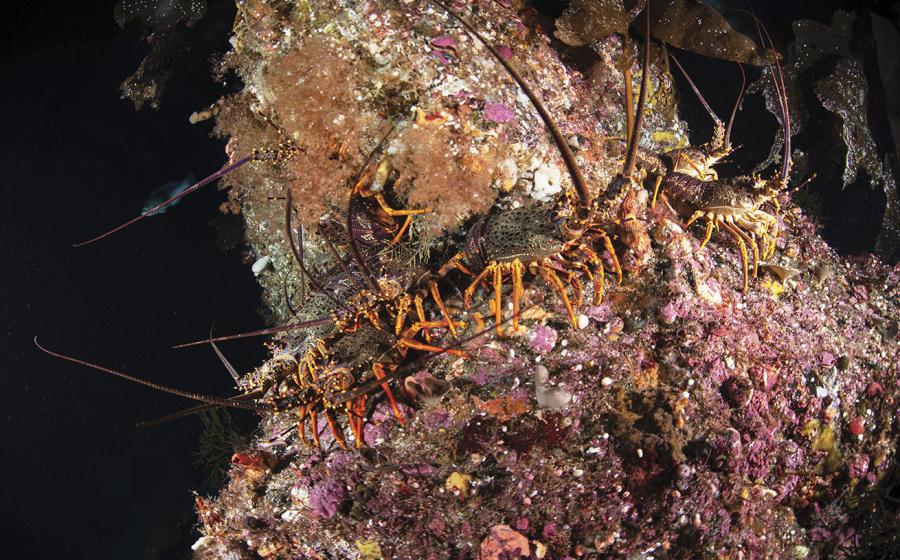Great White Shark Populations Increasing Off California Coast
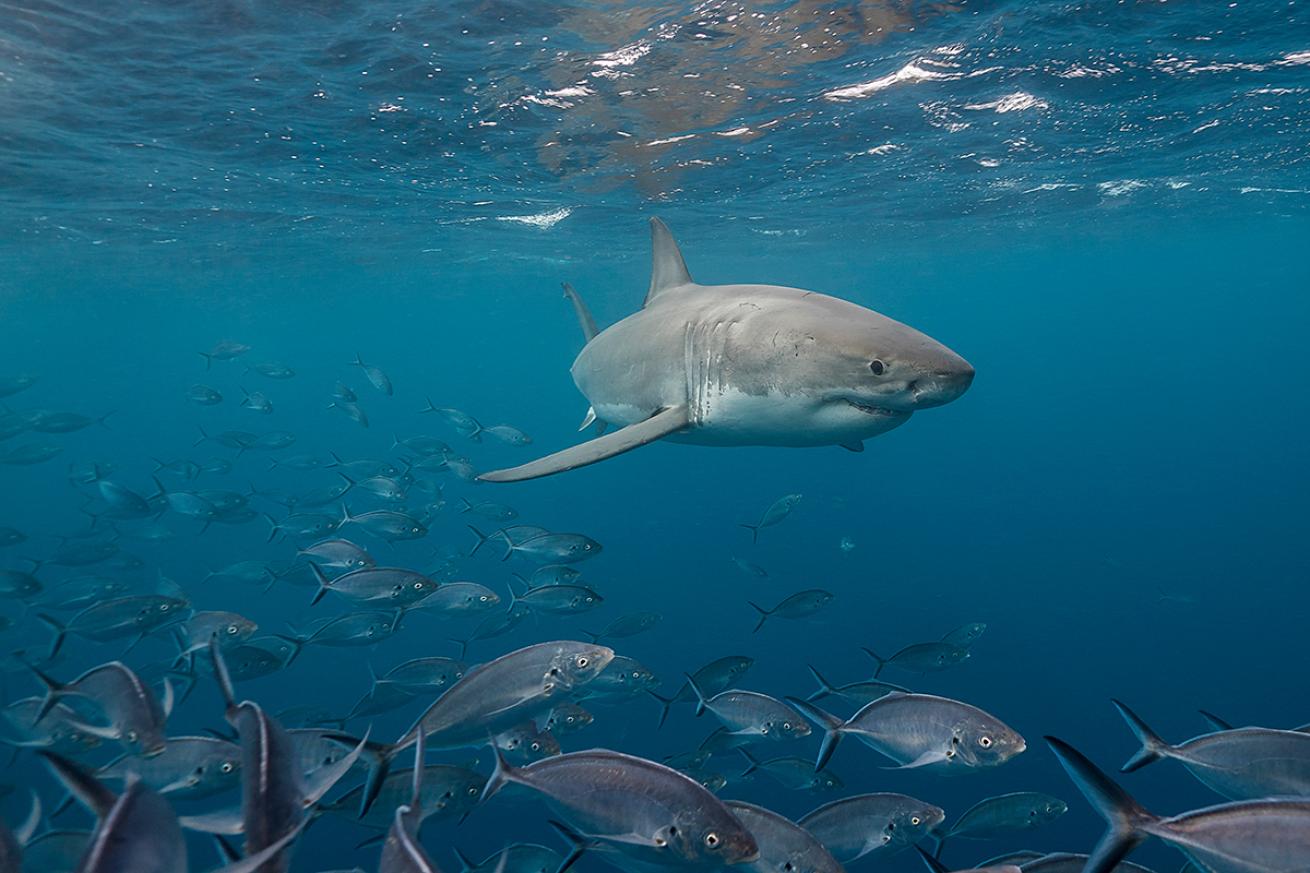
Shutterstock.com/wildestanimal“We may [eventually] have white sharks here year-round,” says Dr. Chris Lowe, the director of the shark lab at California State University in Long Beach.
In his 12 years of monitoring shark populations off California’s southern coast, Dr. Chris Lowe has never seen a year like 2020—there are more great whites, and they are hanging around longer.
“Normally they’d be leaving by now,” Lowe, the director of the shark lab at California State University in Long Beach tells The Guardian. “But instead, we are seeing more sharks than ever.”
Using tags, drones, and autonomous underwater robots to track the sharks, his team has tagged 38 individuals this year, three times the number tagged in 2019.
Juvenile white sharks have always been a fan of the state’s southern shoreline. They thrive in the area’s warm waters, as their heat-retention functions for cold water survival have not yet developed. The coast also offers protection from predators and an abundance of stingrays, baby white’s favorite meal until they grow big enough to prey on marine mammals like seals.
Southern California’s white shark populations have been on the rise since 1994, when California moved to protect the species, but scientists say recent spikes in ocean temperature also support the growth.
Dr. David Ebert, director of the Pacific Shark Research Center at Moss Landing Marine Laboratories in Monterey Bay, California, tells The Guardian he’s seen a similar uptick in white shark activity in the state’s Central region. At one point, the white shark’s northern range limit was Southern California; that might, Ebert says, become its mid-point.
While shifting habitat ranges in response to increasing ocean temperatures is sign that the waters are clean and food is abundant, Ebert says it is also indicative of the ongoing climate crisis.
“We may [eventually] have white sharks here year-round,” says Lowe.
Both scientists say the rise in population should not incite fear in beachgoers, boaters, or scuba divers.
“There are so many people in the water: you have paddle boards, kayaks, wetsuits, but the number of attacks hasn’t really changed,” Ebert says. “That tells you that people are not on the menu—they’re not out here hunting people.”


